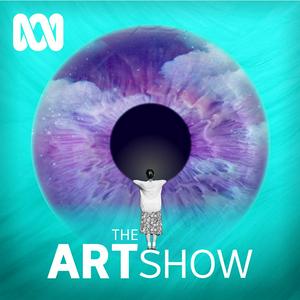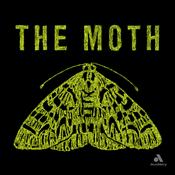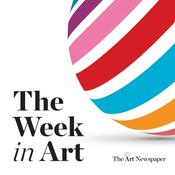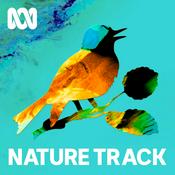276 episodes

The Art Show
06/01/2026 | 54 mins.
UK inter-disciplinary artist Topher Campbell opens up his Ruckus Heart… a powerful and immersive multi-room exhibition at the Tate Modern earlier this year.Curator Kimberley Moulton shares how a child’s boomerang led her to discover what was essentially a human zoo, ultimately informing her curatorial vision for the Tarrawarra Biennial - We Are Eagles.And Julie Fragar on her 2025 Archibald Prize-winning work, Flagship Mother Multiverse (Justene), and her relationship with its subject, Brisbane artist Justene Williams.

The Art Show
30/12/2025 | 54 mins.
Great conversations with visual artists, gallery and museum directors and curators.

The Art Show
23/12/2025 | 54 mins.
Great conversations with visual artists, gallery and museum directors and curators.

CJ Hendry and Ricky Swallow: two of Australia's biggest arts exports on ambition and success, plus Latai Taumoepeau's live art as protest
16/12/2025 | 54 mins.
Three artists in their prime talk to The Art Show...CJ Hendry specialises in hyper-real paintings, but she’s just as comfortable with the art of the spectacle as she is creating the art itself - her recent showcase exhibition in NY got shut down because it drew too many people.Fellow expat Ricky Swallow has been taking LA by storm with his striking bronze sculptures, but is returning home for his first foray into public art.And Sydney-based Pasifika artist Latai Taumoepeau's monumental work is a vital call to action on climate change.

Public hands and climate change: Nell, Mike Hewson, and Olafur Eliasson
09/12/2025 | 54 mins.
Nell, who has a major retrospective at Heide Museum, speaks to Ramesh Mario Nithiyendran about ghost motifs, smiling poop, and how collaborative projects have changed her perspective on art.The Icelandic artist Olafur Eliasson speaks to Rosa Ellen about a project he undertook to document the glaciers and glacial rivers of Iceland over two decades. You can see Presence, a major collection of his work, at GOMA in Brisbane. And Mike Hewson explains how he came to create playgrounds, saunas and barbecues as part of his art practice and how he become comfortable with the public clambering all over his work. Mike's latest exhibition, The Key's Under the Mat, is on at the AGNSW.
More Arts podcasts
Trending Arts podcasts
About The Art Show
Listen to The Art Show, Secret Life of Books and many other podcasts from around the world with the radio.net app

Get the free radio.net app
- Stations and podcasts to bookmark
- Stream via Wi-Fi or Bluetooth
- Supports Carplay & Android Auto
- Many other app features
Get the free radio.net app
- Stations and podcasts to bookmark
- Stream via Wi-Fi or Bluetooth
- Supports Carplay & Android Auto
- Many other app features


The Art Show
download the app,
start listening.



































